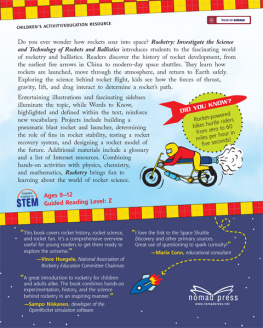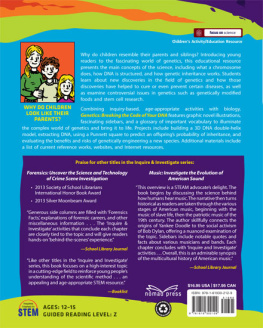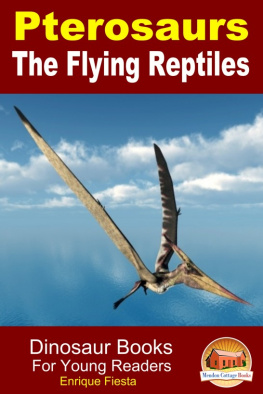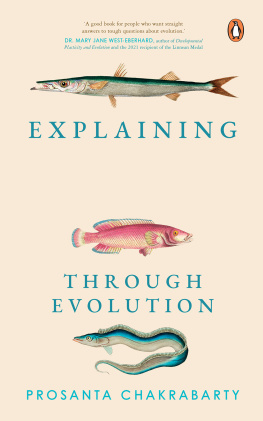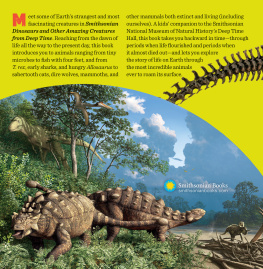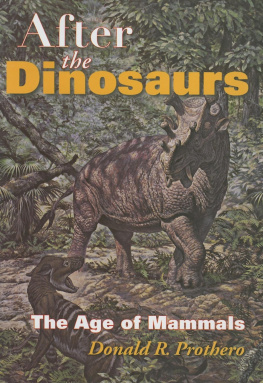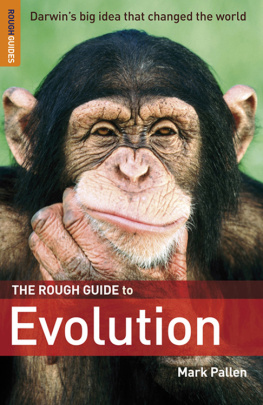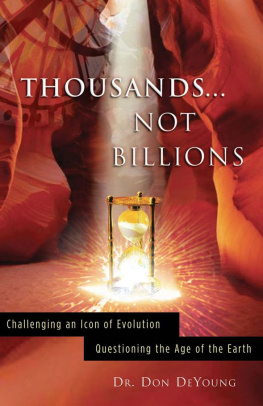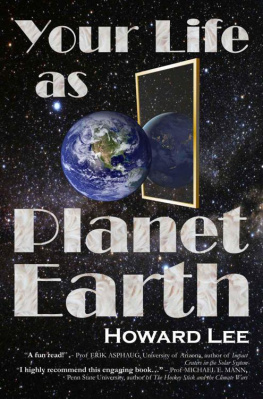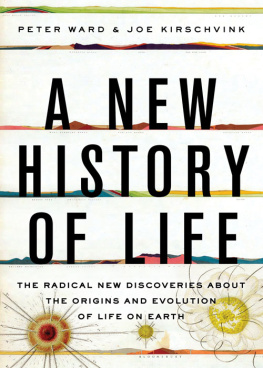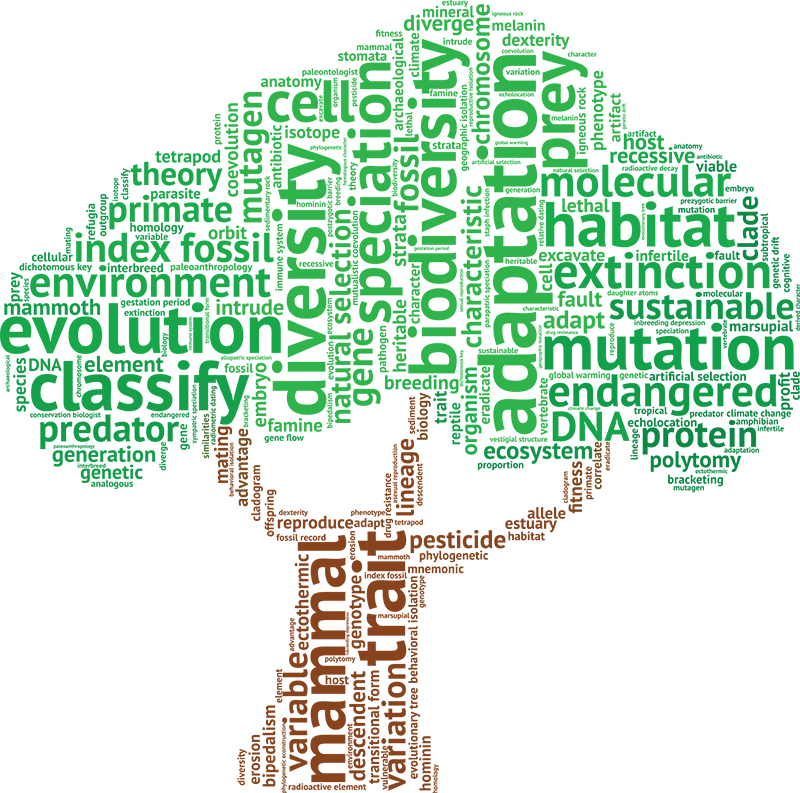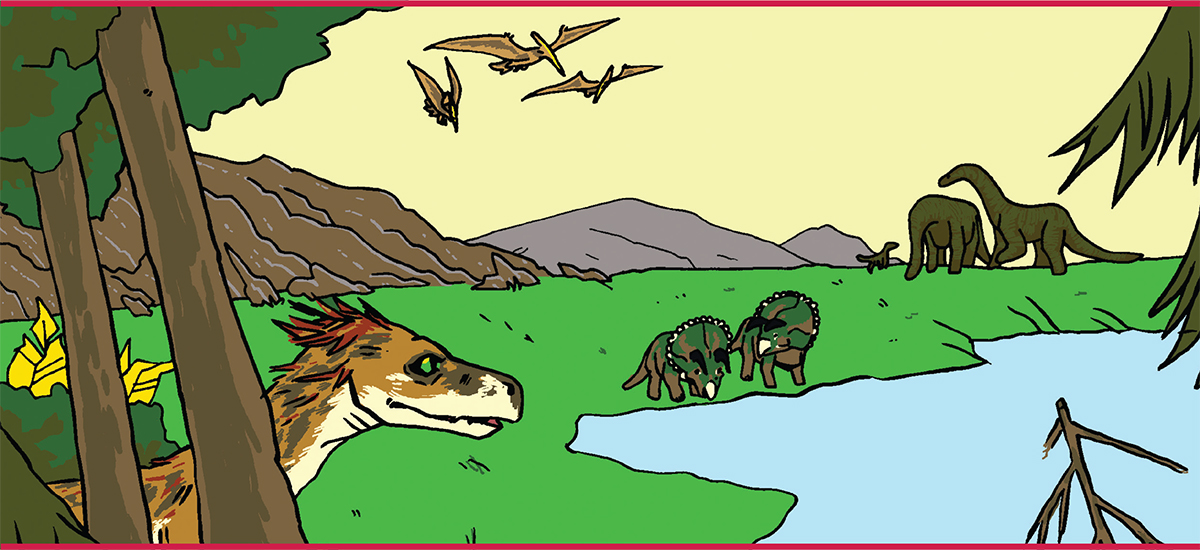Carla Mooney - Evolution: How Life Adapts to a Changing Environment with 25 Projects
Here you can read online Carla Mooney - Evolution: How Life Adapts to a Changing Environment with 25 Projects full text of the book (entire story) in english for free. Download pdf and epub, get meaning, cover and reviews about this ebook. year: 2017, publisher: Nomad Press, genre: Romance novel. Description of the work, (preface) as well as reviews are available. Best literature library LitArk.com created for fans of good reading and offers a wide selection of genres:
Romance novel
Science fiction
Adventure
Detective
Science
History
Home and family
Prose
Art
Politics
Computer
Non-fiction
Religion
Business
Children
Humor
Choose a favorite category and find really read worthwhile books. Enjoy immersion in the world of imagination, feel the emotions of the characters or learn something new for yourself, make an fascinating discovery.
- Book:Evolution: How Life Adapts to a Changing Environment with 25 Projects
- Author:
- Publisher:Nomad Press
- Genre:
- Year:2017
- Rating:5 / 5
- Favourites:Add to favourites
- Your mark:
Evolution: How Life Adapts to a Changing Environment with 25 Projects: summary, description and annotation
We offer to read an annotation, description, summary or preface (depends on what the author of the book "Evolution: How Life Adapts to a Changing Environment with 25 Projects" wrote himself). If you haven't found the necessary information about the book — write in the comments, we will try to find it.
Why do humans walk on two legs? Why do fish have gills? Life on Earth is incredibly diverse and part of the reason for this is evolution, or the theory that living things change with time. Evolution: How Life Adapts to a Changing Environment explores the theory of evolution, its history, how we think it works, examples of creatures who have evolved in response to specific circumstances, and what this might mean for the future of our planet.
For billions of years, the amazing story of life on Earth has been unfolding. Millions of years ago, life on earth was nothing like it is today. Dinosaurs roamed the earth and pterosaurs flew through the skies. Millions of years before the dinosaurs, it was even more different. Strange ocean creatures lived in the seas, while the land was barren. Throughout its history, Earth has been home to an incredible diversity of living things that have changed dramatically over the many millennia. How have these living creatures changed so much? And how did that change happen? The answer: evolution!
In Evolution: How Life Adapts to a Changing Environment, readers ages 9 to 12 will study evolution, or the process by which living things change over time. One of the most important ideas in biology, evolution explains why there are so many different living organisms on earth. It also explains why you are the way you are. Because of evolution, you walk on two legs and communicate with language. And although evolution is the story of our past, it also helps us understand our future and how we continue to evolve.
Throughout Evolution, investigations and experiments provide hands-on, problem-solving opportunities for students, incorporating various challenges and tools. Readers simulate the process of natural selection, trace the blue whales evolutionary tree, and examine how fossils provide evidence of evolution and adaptation. Using readily available household and recycled materials, each activity takes the reader through an inquiry-based, open-ended investigation that leaves plenty of room to explore individual creativity. Evolution: How Life Adapts to a Changing Environment takes readers on a journey from our common ancestry to our shared future on an incredibly diverse planet.
Nomad Press books in the Build It Yourself series integrate content with participation. Common Core State Standards, the Next Generation Science Standards and STEM Education all place project-based learning as key building blocks in education. Combining content with inquiry-based projects stimulates learning and makes it active and alive. Nomads unique approach simultaneously grounds kids in factual knowledge while allowing them the space to be curious, creative, and critical thinkers.
Carla Mooney: author's other books
Who wrote Evolution: How Life Adapts to a Changing Environment with 25 Projects? Find out the surname, the name of the author of the book and a list of all author's works by series.





